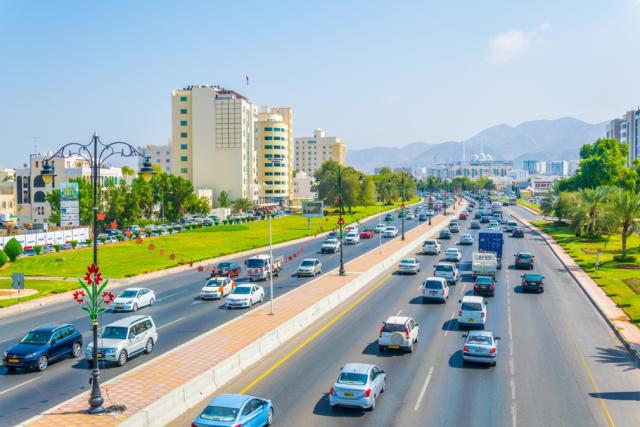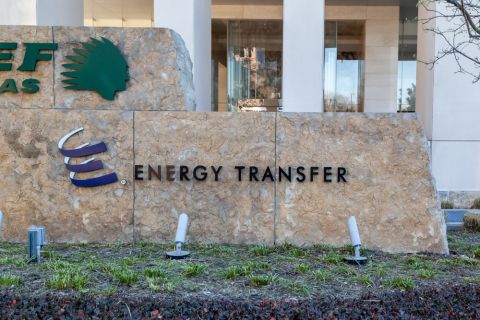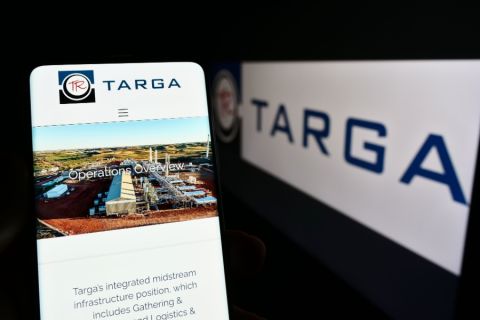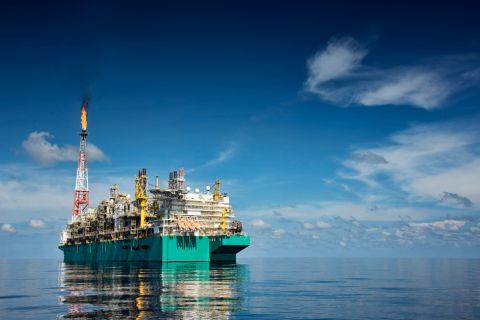
Traffic on the sultan Qaboos street in Muscat, Oman (Source: Shutterstock)
Oman is gearing up its oil and gas production capacity through tapping its heavy oil reserve and tight gas reserves to meet the soaring domestic consumption, especially gas consumption which soared 168% in a 10-year period of 2002 to 2011, according to a report published by Ernst and Young. The study also expects that the Sultanate is likely to divert all its natural gas supply to domestic consumption by 2024.
In addition, the country sits atop heavy oil reservoirs in maturing fields, which require steam, gas or polymer injection to recover crude and to monetize it.
A key project to meet the country’s growing domestic gas consumption, which was commissioned recently, is the Khazzan field in central Oman. The first phase of the project went on stream in September, and was officially inaugurated in November. BP Oman is lead partner in the project with a 60% interest, while Oman Oil Company Exploration & Production holds 40%.
The Khazzan field is characterized by “tight” rock, which requires horizontal drilling and hydraulic fracturing to release trapped gas from depths of up to 5 km below the surface. The gas from Khazzan is will be used as a feedstock to develop the country’s petrochemicals industry as well as in power generation.
The first train has a capacity of 500 MMcf per day of gas, and included a total of 200 wells feeding into a two-train central processing facility. While the second train, which has a similar capacity, will be in operation in early 2018, Salim Al Aufi, Undersecretary at the Omani Ministry of Oil and Gas said. “The local market will have a share of the gas produced from Khazzan gas field. Some quantities will be also exported to be used as feedstock for Oman LNG and Qalhat LNG,” Al Aufi, told local media.
Al Aufi also said that a portion of the production has been also allocated to the Special Economic Zone in Duqm through a gas pipeline that will be completed by the end of 2019, he added. The project is expected to develop circa 7 Tcf of gas and deliver plateau production of 1 Bcf of gas per day and 25,000 bbl/d of gas condensate, delivering long-term gas supply which will benefit Oman over many decades.
The two companies agreed last year to extend licensing agreements, paving the way for the development of a second phase of the giant Khazzan tight gas field, and increasing expected production by 50%.
The Khazzan Phase 2 extension—also known as Ghazeer—is expected to increase full-field production from 1 Bcf/d to 1.5 Bcf/d, the equivalent of around 40% of Oman’s total current gas production. It will mean developing an additional 3.5 Tcf of gas, on top of the 7 Tcf already being developed, and will add more than 380 square miles to the south and west of the current 1,040 square miles in Oman’s Block 61, according to BP. The work will include the construction of a third ‘production train’ at the central processing facility, located 310 miles away from the capital city of Muscat. It also includes the associated gathering and export systems and the drilling of approximately 325 new wells over a 15-year period.
In addition to Khazzan project, Petroleum Development Oman (PDO) and GlassPoint completed the first module (four glasshouses) of the solar Enhanced Oil Recovery (EOR) at the Amal West site. The 1,021 MW facility called Miraah, Arabic for mirror, is set to generate 6,000 tons of steam daily and is the Middle East’s first enhanced oil recovery program to tap into solar energy. The $600 million project will comprise 36 blocks (nine modules) concentrate the sun's rays and generate steam, saving around 5.6 trillion BTU of natural gas annually, which will be deployed towards power generation. The two partners unveiled plans to go ahead a second phase of the project that will include two modules comprised of eight glasshouses, which is expected to be completed by 2019.
Other projects currently Oman’s PDO undertaking include the development of the $1.25 billion Rabab Harweel Integrated Project, which aims to produce 6 million cubic meters a day of sweet gas and 60,000 bbl/d, in addition to the $900 million Yibal Khuff project to deliver 5 MMcm/d of associated gas and 10,000 bbl/d of oil. The two projects are expected to be completed in 2019 and 2020, respectively.
Recommended Reading
Scathing Court Ruling Hits Energy Transfer’s Louisiana Legal Disputes
2024-04-17 - A recent Energy Transfer filing with FERC may signal a change in strategy, an analyst says.
Balticconnector Gas Pipeline Will be in Commercial Use Again April 22, Gasgrid Says
2024-04-17 - The Balticconnector subsea gas link between Estonia and Finland was damaged in October along with three telecoms cables.
Targa Resources Ups Quarterly Dividend by 50% YoY
2024-04-12 - Targa Resource’s board of directors increased the first-quarter 2024 dividend by 50% compared to the same quarter a year ago.
Canada’s First FLNG Project Gets Underway
2024-04-12 - Black & Veatch and Samsung Heavy Industries have been given notice to proceed with a floating LNG facility near Kitimat, British Columbia, Canada.
Biden Administration Argues Against Enbridge Pipeline Shutdown Order
2024-04-11 - The U.S. argues that shutting down the pipeline could interrupt service and violate a 1977 treaty between the U.S. and Canada to keep oil flowing.




